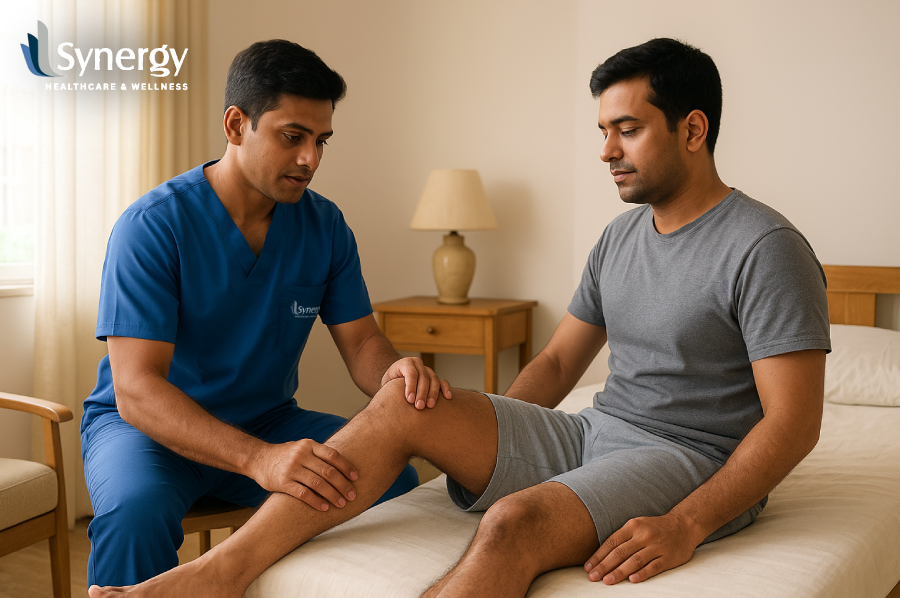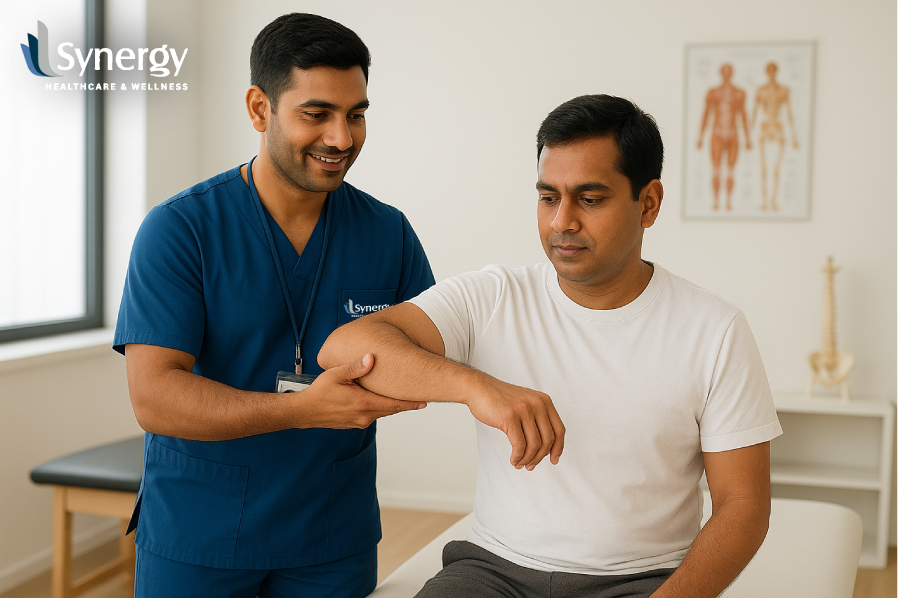When pain limits work, sleep, or family time, it is natural to ask which route will help faster. You may hear strong opinions for one or the other. It helps to know what each approach actually does, what the evidence says, and how to choose a plan you can keep. The notes below compare the two in plain language so you can make a steady, sensible start about physiotherapy vs chiropractic.
Let’s Begin
Both approaches help many people in pain. Physiotherapy builds capacity with exercise, movement retraining, and education, using manual techniques when helpful. Chiropractic care relies more on spinal manipulation, with advice or exercises added by some clinicians. Research and guidelines show that manipulation can relieve pain for some conditions, yet outcomes are often similar to other options when care is planned and reviewed. Active rehabilitation sits at the centre of most modern guidance, which aligns closely with physiotherapy’s core strengths.
Physiotherapy vs Chiropractic: Which Works Better for Pain Relief?
It is reasonable to ask which path will work faster. A fair answer looks past labels and checks what each method actually does, what the evidence says, and how well the plan fits your day. The notes below compare the two in plain language so you can choose a course you can keep.
What Each Approach Focuses On
Physiotherapy uses assessment, targeted exercise, movement coaching, and education. Manual therapy is used to reduce irritability and improve motion, but the engine of change is progressive practice you can repeat at home and at work.
Chiropractic care places a stronger emphasis on spinal manipulation to improve joint motion and reduce pain. Many chiropractors also provide advice and exercises, yet manipulation remains the signature technique in most visits. Large guidelines encourage using any manual method as part of a broader package that includes exercise, not as a stand-alone fix.
What To Expect From A Good Course Of Care
You should leave the first visit with a plain-language explanation of the problem, two or three short exercises with exact sets and repetitions, and advice for work, travel, sleep, and chores. Reviews should track a few simple numbers, such as pain on a 0 to 10 scale, time to stand from a chair five times, single-leg balance, or reach in degrees. When those numbers improve, your plan should advance. When they stall, the plan should change.
Which Suits Which Goals
If you prefer an exercise-led path with manual support as needed, physiotherapy is a natural fit. If you prefer a manipulation-led start, chiropractic care may suit you, provided it evolves toward active work. Choose the plan that serves your day. The right choice is the one you can follow through for several weeks without missing sessions.
Practical Plans for Lasting Recovery
At Synergy Healthcare and Wellness, your plan is built for daily life. We begin with a careful consultation and a movement screen. Sessions combine practical education, targeted exercise, and manual techniques when indicated. We teach you how to scale effort, fit practice into a busy week, and judge progress with simple measures you can repeat at home. If you prefer some hands-on care at the start, we use it alongside an active programme so the gains last.
Summing Up
Both physiotherapy and chiropractic care can reduce pain for common spine problems. The strongest and most consistent message from modern guidance is to keep active care at the centre and use manual therapy as support. That design is the natural shape of physiotherapy. If you want skills you can use independently and results that hold during busy weeks, an exercise-led physiotherapy plan, with selective hands-on work, is a sound first choice.
FAQ’s
1. Which is better for back pain, physiotherapy or chiropractic?
On average, the outcomes are similar when treatment is active and reviewed. Most guidelines place exercise and education at the core, with manual therapy as an adjunct, which maps closely to physiotherapy.
2. Is spinal manipulation safe?
Serious complications are rare, but any manual technique should follow screening and consent. If you are unsure, start with an exercise-led plan and add manual therapy if needed.
3. How soon will I notice a change?
Many people feel steadier within a few sessions, then see larger functional gains over weeks as practice becomes consistent. Timelines vary by condition and workload.
4. Can I mix the two approaches?
Yes. Some people begin with short-term hands-on relief and then move to a clear strengthening plan. The key is to keep the active component central so improvements last.





